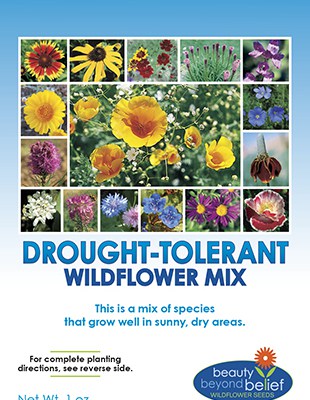Pill Bugs, Sow Bugs, Roly Polys, Doodle Bugs
Save Your Crops
by Sandy Swegel
Kids love roly polys. There is no end to the fun of having these cute little non-biting bugs roll up in their hands. So cute.
Teachers love roly polys too. It’s a great teaching opportunity for a critter that is everywhere and the kids can open the rolled-up bug and count legs. Teachers can build terrariums. Amazon sells roly poly playgrounds! It’s a great entertaining moment when the kids learn the roly polys eat their own poop. “Ewww” or “Cool” depending on the kid.
Gardeners aren’t so impressed. In a year with a lot of spring rain, as much of the U.S. just had, pill bugs are the bane of our existence. In one night, a whole row of young beans can be toppled. Lettuce seedlings are so riddled with holes there’s no hope of a crop.
This is not a time to be entertained by stories that roly polys are related to crawfish. The gardener needs to watch out for pillbug infestations and act quickly if you want to save your veggies.
While there are poisons to use, it’s fairly simple to discourage the little beasties.
One, Keep the top of the soil dry.
Two, Remove all the leaf litter or mulch.
If you still have a lot of pill bugs, there are two more advanced techniques:
Trap them with Beer (little containers of beer buried to soil level).
Vacuum them up. One friend with a really infested garden went out each night after dark with her shop vac and sucked up hundreds of them one wet spring. After a week or so the numbers were down although the neighbors were puzzled.
Good luck with the garden this year. All the extra spring rains inspired population explosions of critters.
Photo credits:
http://squarefoot.creatingforum.com/t2380-pill-bugs
www.teacherspayteachers.com/Product/Playing-with-Pill-Bugs-Lab-Pack-with-Pill-Bug-Information-Lab-Sheets-FREE-1328929



